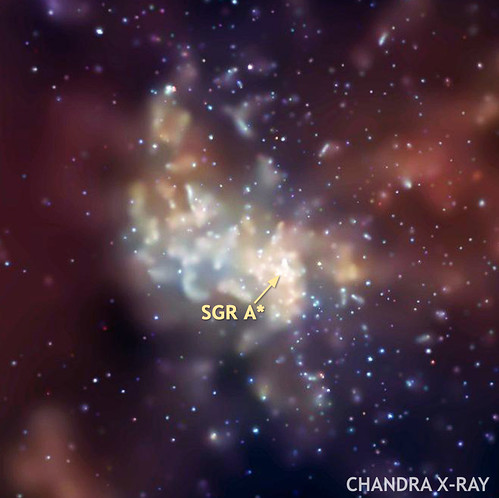Black Holes & Taxes

Paid my taxes the other day — yes, I had to pay. The forthcoming golden goose from the U.S. Treasury will act as a counter-balance, but I’m still paying up. Where does my money go?
The U.S. Defense Budget dwarfs hundreds of other counties’ budgets combined — in fact, the DoD overspent by $295 billion last year, reports the Christian Science Monitor. Does that include the "black budget?" The New York Times did a great piece on it on April Fools Day:
The classified budget of the Defense Department, concealed from the public in all but outline, has nearly doubled in the Bush years, to $32 billion. That is more than the combined budgets of the Food and Drug Administration, the National Science Foundation and the National Aeronautics and Space Administration.
Those billions have expanded a secret world of advanced science and technology in which military units and federal contractors push back the frontiers of warfare. In the past, such handiwork has produced some of the most advanced jets, weapons and spy satellites, as well as notorious boondoggles.
Budget documents tell little. This year, for instance, the Pentagon says Program Element 0603891c is receiving $196 million but will disclose nothing about what the project does. Private analysts say it apparently aims at developing space weapons.
More than the FDA, NSF and NASA budget combined? Dude, that’s a black hole, which some find interesting. Hey, I’m all for space research and development, but a cure for cancer would be better

More interesting, in my opinion, was the news from the ESA press release yesterday about a "certified monster" black hole:
A team of Japanese astronomers using ESA’s XMM-Newton, along with NASA and Japanese X-ray satellites, has discovered that our galaxy’s central black hole let loose a powerful flare three centuries ago.
The finding helps resolve a long-standing mystery: why is the Milky Way’s black hole so quiescent? The black hole, known as Sagittarius A-star (A*), is a certified monster, containing about 4 million times the mass of our Sun. Yet the energy radiated from its surroundings is thousands of millions of times weaker than the radiation emitted from central black holes in other galaxies."We have wondered why the Milky Way’s black hole appears to be a slumbering giant," says team leader Tatsuya Inui of Kyoto University in Japan. "But now we realise that the black hole was far more active in the past. Perhaps it’s just resting after a major outburst."
The observations, collected between 1994 and 2005, revealed that clouds of gas near the central black hole brightened and faded quickly in X-ray light as they responded to X-ray pulses emanating from just outside the black hole. When gas spirals inward toward the black hole, it heats up to millions of degrees and emits X-rays. As more matter piles up near the black hole, the X-ray output becomes greater.
These X-ray pulses take 300 years to traverse the distance between the central black hole and a large cloud known as Sagittarius B2, so the cloud responds to events that occurred 300 years earlier.
Read more about the XMM-Newton.